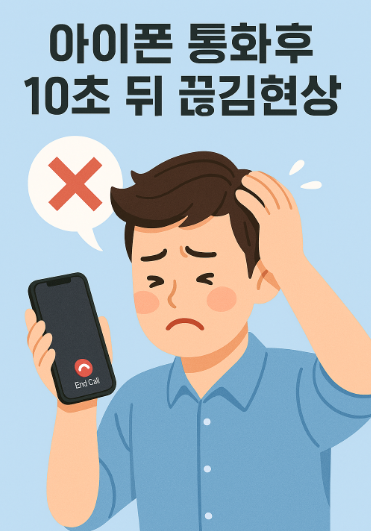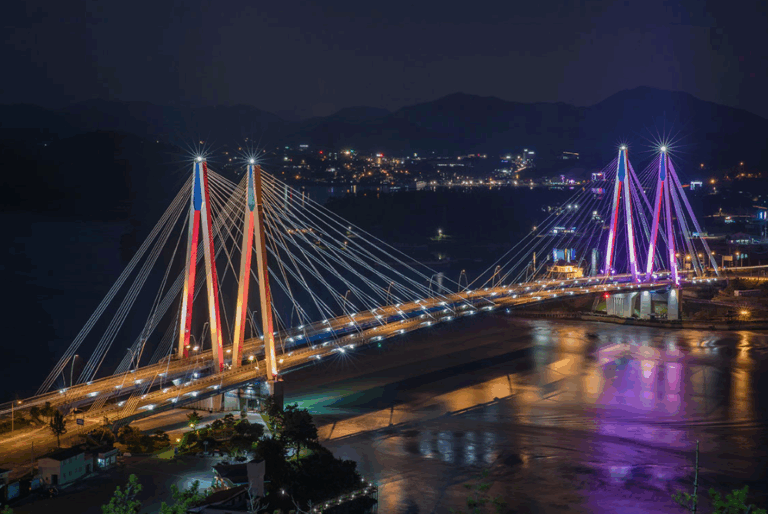
Sudden Unintended Acceleration: A Realistic Emergency Response Strategy for Survival
Are existing manuals enough, or is a more practical approach needed?
Sudden unintended acceleration (SUA) is an unpredictable and potentially deadly event that can happen to any driver, without warning. Instances where vehicles suddenly lurch forward from parking positions or accelerate uncontrollably at stoplights—despite the driver pressing the brake—are no longer rare. Such cases frequently appear in news reports and dashcam footage.
While most automakers deny the possibility of mechanical or electronic faults causing SUA, many drivers involved in such incidents firmly believe that the issue lies in vehicle defects or electronic control malfunctions.
So, what is the best way to respond when SUA occurs?
Let’s examine both the conventional response guidelines and propose a more realistic survival strategy based on actual cases.

Conventional Response as Outlined in Safety Manuals
Automobile safety manuals typically recommend the following steps in the event of sudden unintended acceleration:
- Press the brake firmly.
- Shift the gear to Neutral (N).
- Turn off the ignition.
- Activate hazard lights and bring the vehicle to a safe stop.
This sequence is based on the logic of disengaging the engine power from the wheels to cut off further acceleration and allow braking to take effect. Theoretically, placing the gear in Neutral eliminates engine torque to the wheels, allowing better control.
However, the effectiveness of this procedure in actual emergency situations is up for debate.
Real-World Challenges with the Manual
In real incident footage and survivor testimonials, drivers often face the following challenges:
- Panic impairs their ability to perform complex gear operations.
- Electronic shifters may not allow shifting to Neutral under certain conditions.
- There is often too little time to follow all recommended steps.
As a result, many drivers are seen desperately pumping the brakes or taking no action before impact, unable to respond appropriately in the heat of the moment.
This reality underscores the need for a more instinctive and simplified emergency response.
Suggested Alternative: “Engine Off First” Response
One alternative strategy being proposed is as follows:
If any sign of abnormal acceleration is detected, immediately turn off the engine and press the brake.
Why this method can be more effective:
- Turning off the ignition instantly cuts engine power, stopping further acceleration.
- Many vehicles (especially push-button start types) are designed to allow the engine to shut down even while driving if the button is pressed and held for 2–3 seconds.
- For vehicles with traditional keys, the engine can also be turned off immediately, though care must be taken to avoid locking the steering wheel (avoid turning to “LOCK” and aim for “ACC”).
- Steering and braking still remain operable for a short time after the engine shuts down.
- Initial vacuum brake pressure typically allows for several strong brake applications even without engine power.
This simplified method may be more feasible in emergencies where there’s no time for step-by-step manual procedures.
Comparison Table: Standard Manual vs. Proposed “Engine First” Method
| Criteria | Standard Manual (Neutral → Brake → Engine Off) | Proposed Method (Engine Off → Brake) |
|---|---|---|
| Priority | Procedural response | Instinctive response |
| Feasibility in Panic | High likelihood of failure | Simple and fast to execute |
| Reaction Time | Requires judgment and gear operation | Immediate, reflex-based action |
| Power Assist | Engine remains on; assist maintained | Assist remains briefly after shutdown |
| Survival Probability | Theoretically sound | Greater potential for real-world survival |
Limitations of Shifting to Neutral
Although shifting to Neutral is a technically safe approach, it has real-world limitations:
- Once acceleration begins, it may be difficult to reach or operate the gear selector.
- In vehicles with electronic shift-by-wire systems, software may prevent shifting to Neutral in certain states.
- Drivers may not locate the gear control accurately in panic, especially with non-standard controls like rotary dials.
Thus, Neutral shifting is more effective when the vehicle is already moving in a straight line and the driver has composure—but less suitable in tight spaces like parking lots or within seconds of ignition.
Conclusion: Practical Response Options Must Complement Manuals
Standard procedures are based on vehicle engineering principles and remain valid in controlled conditions.
However, real-life SUA incidents are abrupt, giving drivers mere seconds to react.
Therefore:
- If there’s time and mental clarity to follow the standard procedure (Neutral → Brake → Engine Off), it should be followed.
- But if the vehicle suddenly surges or abnormal behavior is felt in confined spaces or right after ignition,
cutting the engine immediately may be the only realistic chance to stop the car.
This approach does not disregard existing manuals, but rather proposes a complementary, survival-focused tactic for cases where procedural responses may not be feasible.
Final Thoughts
In emergencies, the goal is not to perfectly follow steps, but to act quickly in a way that maximizes survival.
When a driver senses something is wrong,
reaching for the gear may cost precious seconds. Turning off the engine first can be the most natural and life-saving action.
This article encourages drivers to prepare for unpredictable situations by understanding and practicing a range of response options, not just one scripted path. Because in critical moments, instinct matters as much as instruction.
view korean version






